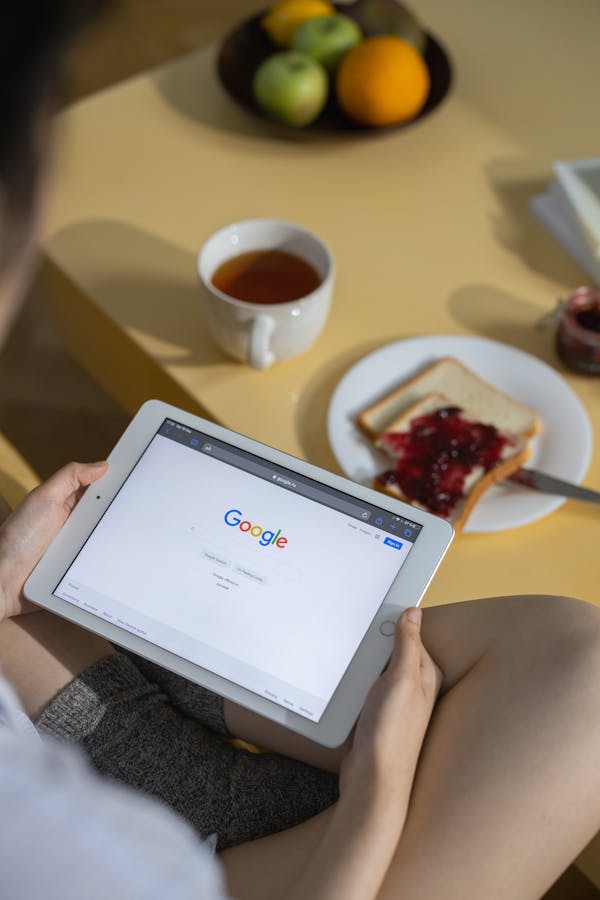Creating, launching, and managing an email campaign is easy. But, getting the subscribers to continuously interact with your emails can be quite challenging. As email marketers working on behalf of for-profit organizations, it is not financially prudent to repeatedly use discount coupons to increase the readership of your emails. To increase your overall readership, you need to create quality content that engages the customers without relying on monetary incentives. While designing such emails, you can use Mailchimp HTML email templates to speed up your workflow. Here are a few methods to increase the readership of your emails.
Table of Contents
5 Ways To Increase The Readership Of Your Emails.
● Use The Double Opt-In Feature
Subscribers who have accidentally signed up to your email list can affect the readership of your emails. In such cases, your deliverability rate will be good, but your open rates and readership levels will be abysmally low. To tackle this problem, you can use the double-opt-in feature for your email subscriptions. Double-opt-ins will help you acquire prospects that are genuinely interested to interact with your brand and engage with your email content. Also, the double-opt-in can be tedious, so don’t forget to send an automated appreciation email to the customer after they complete the sign-up process.
● Employ Segmentation Tactics
Another method of increasing the readership of your emails is to actively segment your customers based on their preferences. Sending the right email at the right time will generate more conversions and have higher click-through rates than scheduled emails. You can also use other parameters like age, survey results, location, gender, and customer’s past purchase history to file the subscribers into different segments. Similarly, you can divide the customers based on their engagement rates. For example, you can send re-engagement emails to passive prospects and promotional emails to your most active customers.
● Write A Click-Worthy Subject Line
Getting the customer to click on your emails is equivalent to winning half the battle. To increase the readership, you need to create subject lines that instantly draw the attention of the customer. Of course, the email copywriters have complete creative freedom to come up with innovative subject lines, as long as they are following the best practices. Email marketers can use humorous and witty subject lines to attract the customer’s attention. You can also use curiosity-inducing subject lines to get the clicks. But, the simplest method of creating the subject line is to directly address the content of the email in a few words. By doing this, you are setting the right expectations for your customer. Overpromising in your subject lines to bait your customers into clicking on your emails will make them unsubscribe from your email list.
Seed’s subject lines for their promotional emails are straightforward but with a slight twist. The subject line suggests there is a gift included within the email for the reader. As the reader opens the email they are presented with a discount code. They perfectly set the expectations for the users and delivered on their promise. Moreover, they have used the emoji for the gift in their subject line. But, before you start using emojis in your subject line, you should A/B test to ensure that your readers find it agreeable.
● Focus On The Formatting Of Your Emails
No subscriber wants to see a wall of text when they open their emails. Therefore, properly formatting your emails is absolutely crucial to increasing your email readership. Before you start with the body of your email, you need to create a catchy title that encapsulates the purpose of the email. This helps the customer easily skim through your emails. Keep the font size of your titles slightly bigger than that of the rest of the body. In addition to that, use readable fonts in your emails. If you are adamant about using custom fonts, make sure that you have a couple of fallback fonts embedded in the HTML code. Fallback fonts will maintain the aesthetics of your email even if the custom font fails to load. While creating the copy, break the content into multiple subheadings to make it more presentable. Lastly, create a CTA button that stands out from the rest of the content. If you are facing trouble coming up with an attractive format, you can rely on Mailchimp HTML email templates.
Trello formats its content wonderfully. Each content block is separated by visuals to break the monotony of the texts. Furthermore, each block of text has its own CTA button. The CTA buttons are colored green and stand out in the contrasting white background.

● Tell A Story Through Your Emails
Storytelling is an art that can keep the readers captivated for a long time. By telling stories in your emails, you are pulling the emotional strings of the reader. The story format for your email copy is best suited for customer appreciation and welcome emails. You can use this opportunity to share your company’s value, mission, and vision with your subscribers. If you can weave a story that resonates with the subscriber, you can easily convert them into loyal customers by creating an emotional bond. Later, you can leverage this relationship to increase your engagement rate and website visits.
Conclusions
Creating captivating content for your customers can be challenging. But, it can be done with ease if you can understand the sentiments they harbor for your brand. Their behavioral pattern and interactions with the brand will help you understand their consumer psychology. After that, follow the methods mentioned above to charm them.
Author: Kevin George is the head of marketing at Email Uplers, that specializes in crafting Professional Email Templates, PSD to Email conversion, and Mailchimp Templates. Kevin loves gadgets, bikes & jazz, and he breathes email marketing. He enjoys sharing his insights and thoughts on email marketing best practices on email marketing blog.





